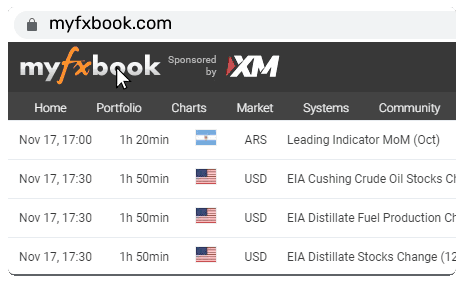Economic Indicators and Projecting Monetary Policy for UK

Recent irregularities in the Labour Force Survey (LFS) raise caution due to a low response rate, leading the Office for National Statistics (ONS) to label the dataset as "official statistics in development." While presently valuable for a broad understanding, potential revisions may occur post-resolution of technical issues.
In the three months ending December, the UK's unemployment rate declined to 3.8%, defying Bloomberg consensus expectations of a rise to 4%. This places the unemployment rate lower than in only two brief periods – 1973 and 2022. Despite the challenges, the labour market-maintained momentum, adding 72k jobs in December following a robust 108k 3m/3m rise in November. The employment rate for prime-age workers (16-64) stands at 75%, slightly below the January 2020 peak of 76.2%.
Worker demand shows signs of moderation, with the three-month average of vacancies stable at 932k in January. Although this figure surpasses pre-pandemic levels, a notable decline from the April 2022 peak of 1.3m raises concerns. Chart 1 indicates a potential acceleration in the decline of labour demand over the past two months, necessitating careful monitoring of these trends.
Average weekly earnings growth slowed to 5.8% yoy in the three months ending December, down from 6.7% in November and the recent peak of 8.5% in July 2023. Despite slightly exceeding Bloomberg expectations, wages continue a downward trend. Real wages are rising as inflation lags nominal wage gains. Annual wage pressures in both private and public sectors eased in December, signalling broader economic implications.
Despite facing three major shocks – COVID-19 shutdowns, gas price surges, and interest rate hikes – the UK labour market remains robust. Businesses prefer retaining their workforce, anticipating improved conditions rather than shedding workers in response to temporary economic weakness. The Bank of England's measured response to inflationary pressures prevents an economic crash, maintaining a balance that sustains the labour market.
Looking forward, the Bank of England may consider rate cuts to support economic activity and uphold the labour market in 2024. Despite expectations of an initial 25bp cut in June, uncertainty persists as past rate hikes influence the housing market and business debt rollovers. The anticipated easing of wage growth could boost policymakers' confidence, potentially paving the way for a series of cuts throughout the year, aiming to reduce the bank rate from 5.25% to 4% by year-end.
In conclusion, a thorough examination of the current economic landscape suggests a resilient labour market amidst various challenges. Cautious optimism is warranted, with potential revisions, labour market fluctuations, and monetary policy adjustments expected to shape the trajectory of the UK's economic recovery in the coming months.
Insights Inspired by Berenberg: Credit to Their Analysis for Shaping Some Aspects of This Text
This content may have been written by a third party. ACY makes no representation or warranty and assumes no liability as to the accuracy or completeness of the information provided, nor any loss arising from any investment based on a recommendation, forecast or other information supplied by any third-party. This content is information only, and does not constitute financial, investment or other advice on which you can rely.



















